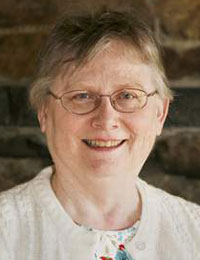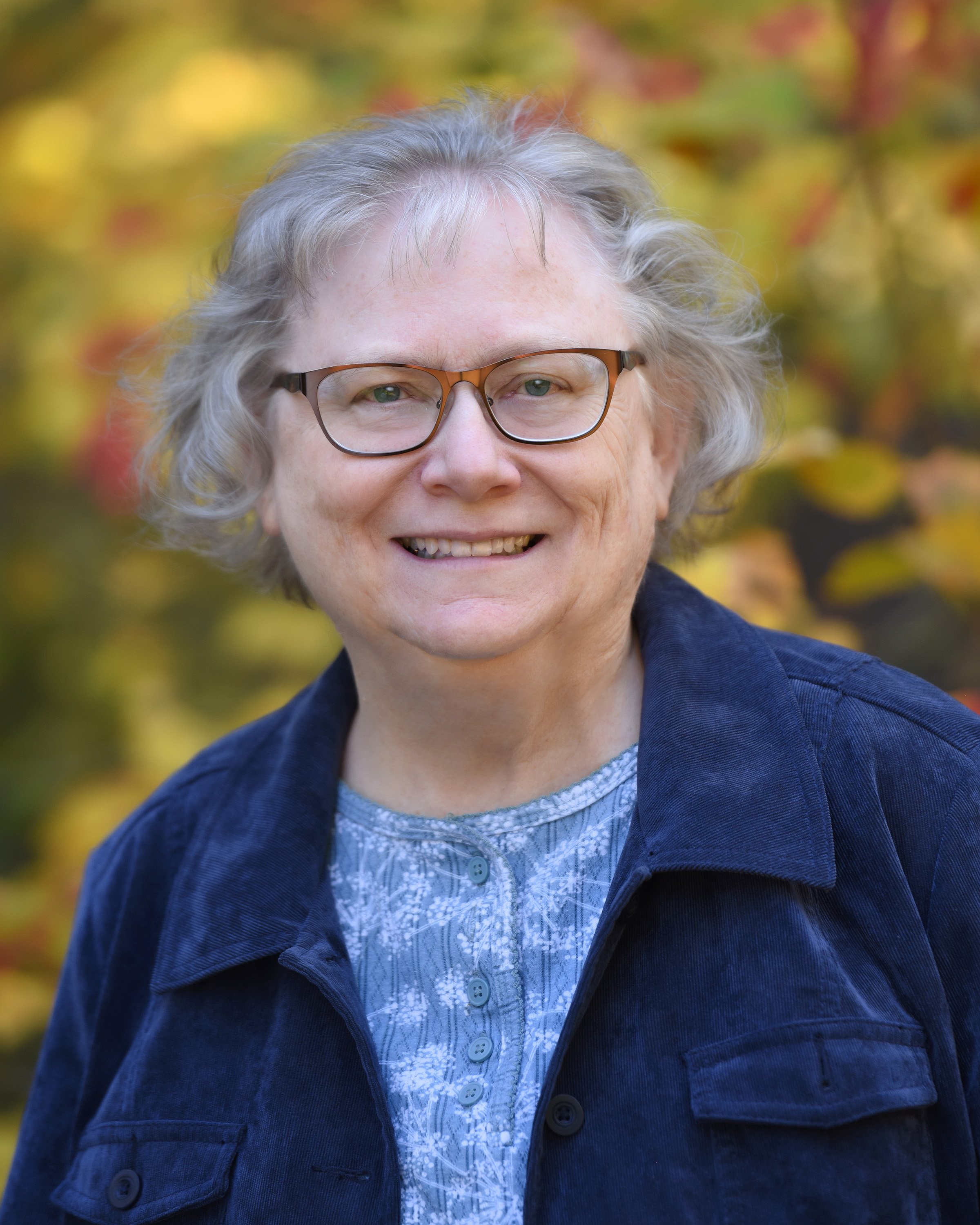 There appears to be a bit of trepidation among new researchers about what is meant by “verifying” sources. It probably sounds horrendously difficult, time consuming, and redundant, but it doesn’t have to be as hard as some would think – and any time spent spent “auditing” sources can return great benefits. Here are a few pointers.
There appears to be a bit of trepidation among new researchers about what is meant by “verifying” sources. It probably sounds horrendously difficult, time consuming, and redundant, but it doesn’t have to be as hard as some would think – and any time spent spent “auditing” sources can return great benefits. Here are a few pointers.
When assessing whether a source, or part of a source, needs verifying, consider the following:
How old is the source? Older is not necessarily bad. Information in older genealogies may have been collected from family members who had direct knowledge of events and/or records, Bibles, diaries, letters, etc., that are not available to us today. However, older usually means before photocopy machines, microfilm readers, and digital uploads to the Internet were invented. As an example, today if I want to access a Berkshire County, Massachusetts deed I don’t have to get in the car and drive all the way across the state to Pittsfield. I can see the digital version on www.familysearch.org. I can also print a copy of the deed, sometimes enlarged and enhanced if the handwriting is difficult, and then carefully transcribe, edit, and proof by typing it directly into the computer. In the “old” days, I would have had to hand copy or abstract from the deed in the court house, then try to read my infamously bad handwriting when I got home. The authors of older sources might never have accessed land and probate records at all because of travel limitations; if they did, the validity of their transcriptions could be influenced by such things as how close to closing time they were trying to scribble everything down.
Does the source cite its sources? It is always easier to assess the completeness of research done by an author if the work includes a bibliography and footnotes. Of course, not all footnotes are equal – “Aunt Mabel’s recollections” won’t hold water if she is recollecting things that happened 100 years before she was born.
What are the “easiest” facts to verify first? Have the town vital records been published? All of the published vital records for Massachusetts can be easily accessed through www.americanancestors.org. Comparing dates given in a source to the published vital records can be an adventure, especially where “double” dating is involved. Is that birth year 1653 accurate or was the original record 1651 “old style,” which was converted properly by someone to 1651/52, then reconverted improperly by someone else to 1652, then to 1652/53, and finally to 1653? Have the old style months been correctly converted? Were numbers transposed?
All good questions to ask!
More to come.
Share this:

About Alicia Crane Williams
Alicia Crane Williams, FASG, Lead Genealogist of Early Families of New England Study Project, has compiled and edited numerous important genealogical publications including The Mayflower Descendant and the Alden Family “Silver Book” Five Generations project of the Mayflower Society. Most recently, she is the author of the 2017 edition of The Babson Genealogy, 1606-2017, Descendants of Thomas and Isabel Babson who first arrived in Salem, Massachusetts, in 1637. Alicia has served as Historian of the Massachusetts Society of Mayflower Descendants, Assistant Historian General at the General Society of Mayflower Descendants, and as Genealogist of the Alden Kindred of America. She earned a bachelor’s degree from the University of Connecticut and a master’s degree in History from Northeastern University.View all posts by Alicia Crane Williams →